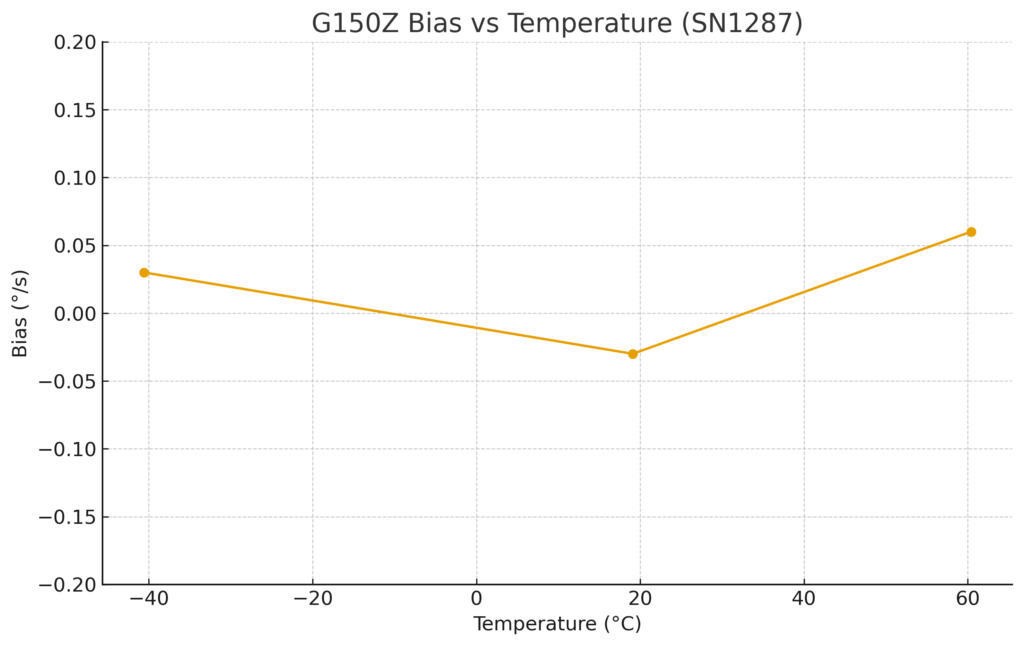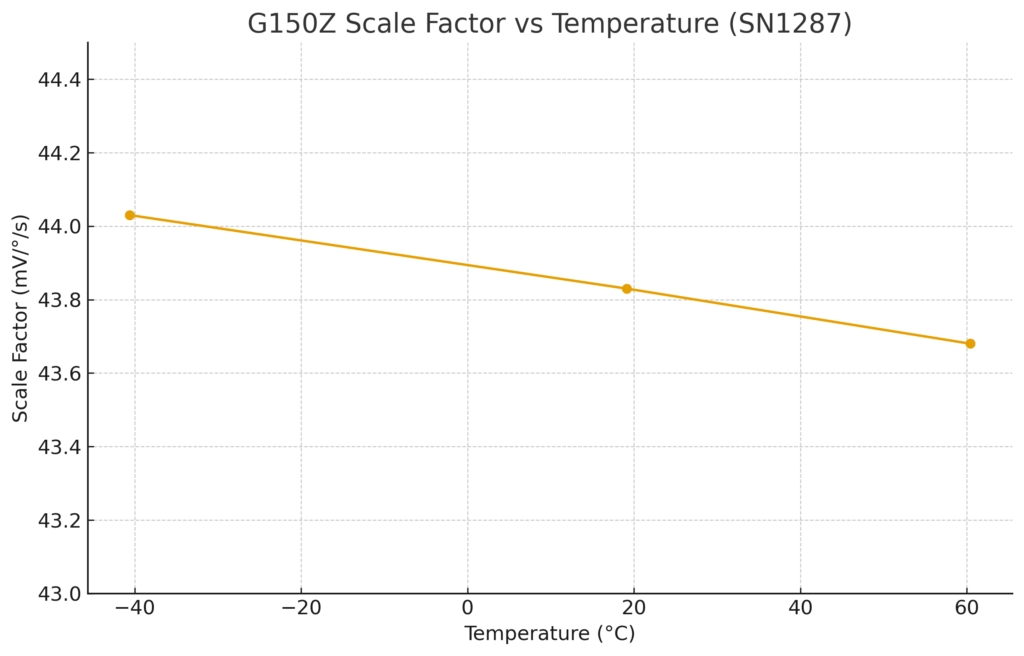In today’s engineering world everything speaks Digital IMU, CAN, Ethernet and High-Speed SPI.
But out in the field – in many legacy military and industrial platforms – there are still thousands of systems that work perfectly and rely on analog gyroscopes.
The system is still mission-capable, the turret rotates, the gimbal is stabilized – but the core sensor that everything depends on has become Obsolete / EOL.
The result:
One small gyro can threaten the availability of an entire system, simply because the manufacturer stopped producing it.
The Problem: An Obsolete Analog Gyro in a System That Must Keep Running
In many stabilization and navigation systems – payload gimbals, stabilized antennas, sighting systems, measurement platforms – the original design is built around:
-
An analog gyro (often an older gimbal gyro or dedicated rate sensor)
-
Existing analog control electronics / ADC front-ends expecting an analog voltage or current: 0–5 V, ±10 V, 4–20 mA, etc.
-
Software and control algorithms tuned and qualified around the noise, bias and dynamic behavior of that specific gyro
-
Full documentation and qualification (EMC, environmental, reliability) done with that exact sensor
When the original gyro manufacturer announces Obsolete / EOL, several problems appear at once:
-
Long and unpredictable lead times
-
High prices for remaining or “last-time buy” stock
-
Decreasing reliability when using very old parts
-
Uncertainty about system support over the next 10–15 years
In many cases, the system owner does not want – and sometimes cannot afford – to reopen:
-
The electronic design
-
The software and control algorithms
-
Full military / industrial qualification programs
They “only” need a drop-in replacement for the analog gyro.
Why “Just Go Digital” Is Not Always a Solution
The intuitive reaction is: “Let’s replace it with a modern digital gyro / Digital IMU.”
In reality, that tends to look like this:
-
Switching from analog voltages to SPI / RS-422 / CAN / Ethernet
-
Redesigning control boards, adding power converters and changing I/O
-
Modifying firmware, control algorithms, filters and dynamics
-
Re-opening full qualification: EMC, vibration, shock, temperature, safety
-
Risking regressions in a system that has worked in the field for years
In other words – a full redesign project, even though the only real problem is an obsolete sensor.
This is exactly where a modern analog Retrofit solution makes sense:
you keep the existing architecture, control and software – and replace only the gyro.
The Solution: G150Z – An Analog MEMS Gyro for Legacy Systems
The G150Z from Gladiator Technologies is a single-axis (Z-axis) MEMS rate gyro with:
-
Continuous analog voltage output
-
Rugged construction and high shock/vibration tolerance
-
High performance suitable for precision stabilization and navigation
In other words, it is designed for engineers who are looking for an Analog Gyro Replacement / Retrofit rather than a complete redesign.
What does the customer gain by moving to the G150Z?
-
A modern MEMS sensor – reliable, compact and stable over time
-
Linear analog output proportional to angular rate
-
A rugged mechanical design for harsh environments (shock, vibration, humidity)
-
A wide operating temperature range – suitable for military and industrial use
-
Ongoing production and availability – a commercial, Non-ITAR product, not a dying legacy part
In Israel, Amironic represents Gladiator Technologies and provides both the sensor itself and engineering support throughout the retrofit process.




